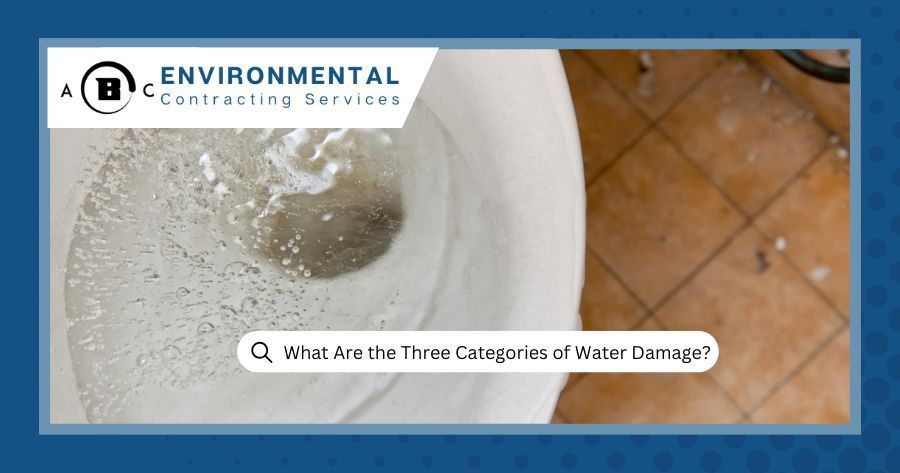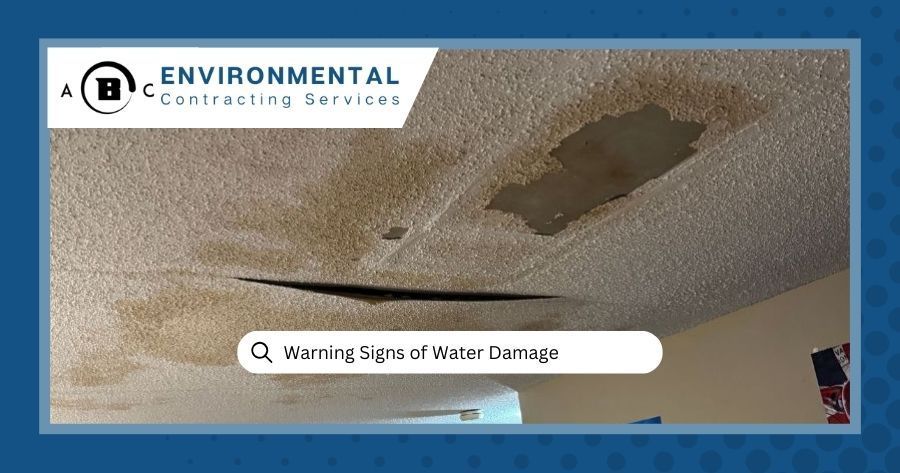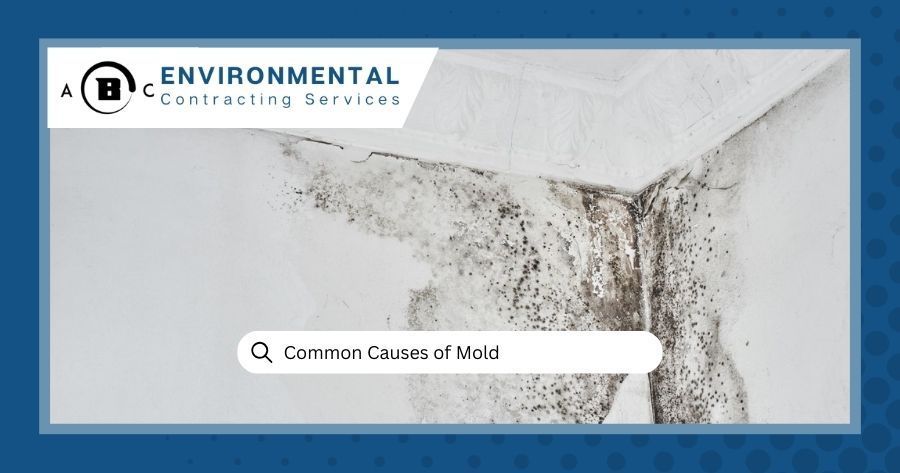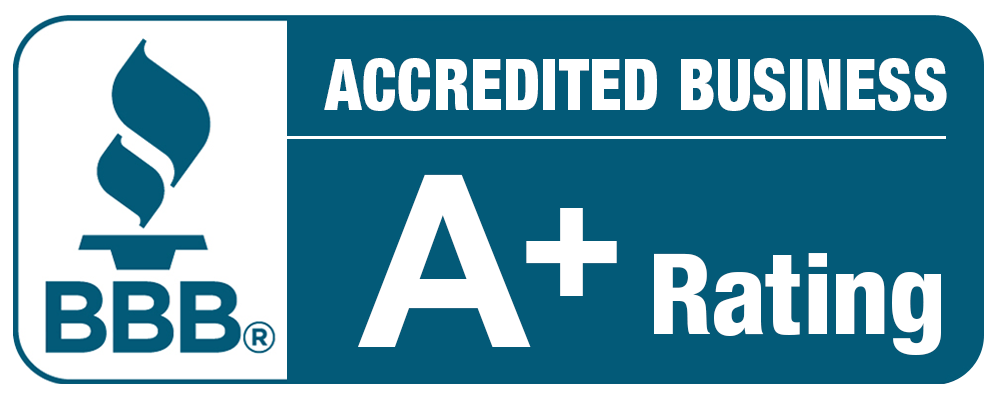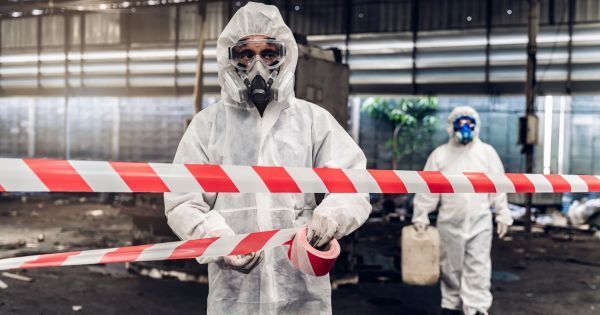
Biohazard cleanup is not just a job, it's a crucial service that ensures the safety and well-being of individuals and communities. But what exactly is biohazard cleanup, and why is it so important? Let's delve into this topic to understand its significance for health and safety. If you happen to live in the area and need reliable services for biohazard cleanup in Columbia MO, we’ve got you covered.
What Is Biohazard Cleanup?
Biohazard cleanup involves the safe and proper removal, cleaning, and disposal of materials that are a serious threat to human health or the environment. These materials can range from bodily fluids like blood and urine to dangerous chemicals and infectious waste.
These harmful chemicals include corrosive substances like acids and alkalis, flammable liquids such as gasoline or cleaning agents, and toxic chemicals like pesticides or industrial cleaners. On the other hand, infectious waste includes contaminated needles and other sharp objects, infectious agents from labs, and pathological waste such as infected tissues or organs.
According to the Centers for Disease Control and Prevention (CDC), biohazards are categorized into four levels based on their seriousness and the risks they present. Those include:
Level 1: Low Risk
- These biohazards are minimal risk to humans and the environment.
- Examples include some non-pathogenic bacteria and viruses that cause mild illnesses in healthy individuals.
Level 2: Moderate Risk
- Level 2 biohazards are a moderate risk to individuals and can cause mild to moderate illnesses.
- Examples include certain bacteria and viruses that can cause diseases like influenza, hepatitis, and some types of salmonella.
Level 3: High Risk
- Level 3 biohazards are a significant risk to human health and can cause severe illnesses or even death.
- Examples include highly pathogenic viruses like HIV, SARS-CoV-2, and bacteria like tuberculosis.
Level 4: Extreme Risk
- Level 4 biohazards carry the highest level of risk to human health and safety.
- These biohazards are extremely infectious and can cause severe, often fatal diseases for which there may be no effective treatments or vaccines.
- Examples include viruses like Ebola, Marburg, and certain strains of influenza.
Proper biohazard cleanup procedures are necessary to eliminate these risks and ensure the safety of both cleanup workers and the general public.
Biohazard Cleanup Requirements
Regulatory agencies like the Occupational Safety and Health Administration (OSHA) set strict standards and guidelines for biohazard cleanup to protect workers and the environment.
Professionals involved in biohazard cleanup must undergo specialized training and certification to ensure they have the knowledge and skills to handle biohazardous materials safely. This training equips them with the expertise needed to ensure the best results possible. In addition, ongoing education and regular safety drills help reinforce proper procedures and keep teams prepared for any unexpected challenges that may arise during the cleanup process.
As mentioned above, following safety rules and regulations is important to reduce the risks associated with biohazard cleanup and prevent accidents and contamination incidents.
Importance of Proper Biohazard Cleanup Procedures
Inadequate biohazard cleanup can have serious consequences, including the spread of infections, environmental contamination, and legal responsibilities. For that reason, thorough cleaning, disinfection, and proper disposal methods are key to preventing the transmission of pathogens and protecting public health.
By following established cleanup procedures, including the use of personal protective equipment (PPE) and effective sanitation protocols, cleanup professionals can minimize the risks and ensure the safe and successful removal of biohazardous materials.
Legal and Ethical Responsibilities
Handling biohazardous materials comes with significant legal and ethical responsibilities. Companies and individuals involved in biohazard cleanup must follow the strict regulations governing the handling, transportation, and disposal of these materials to avoid fines, penalties, and harm to their reputation.
How to Clean Biohazard Waste
Cleaning up biohazard waste requires careful planning and execution. Properly trained professionals should follow specific steps, including:
- Personal Protective Equipment (PPE) Preparation: This involves appropriate PPE, such as gloves, masks, and protective clothing.
- Area Containment and Isolation: This step focuses on containing and isolating the affected area to prevent further contamination.
- Material Removal and Disposal: Here, the focus is on removing and disposing of biohazardous materials safely and according to regulations.
- Surface Cleaning and Disinfection: This step involves cleaning and disinfecting surfaces using appropriate disinfectants and methods.
- Equipment Decontamination: This final step focuses on decontaminating equipment and tools used during the cleanup process.
Proper Disposal of Bio Medical Waste
Bio medical waste, including biohazardous materials, must be disposed of properly to prevent environmental contamination and public health risks. This includes the following steps:
- Sorting: Bio medical waste is separated from regular waste at its source, categorizing it based on its risk level. Proper sorting ensures safe handling and disposal, reducing contamination risks.
- Packaging: It is then packaged in leak-proof containers with biohazard labels. This prevents contamination during transportation and follows regulatory standards.
- Transportation: Specialized vehicles and trained personnel transport packaged bio medical waste to authorized disposal facilities. Strict regulations ensure safe transit, minimizing the risk of spills or exposure.
- Disposal: Authorized facilities dispose of bio medical waste using methods like incineration or autoclaving. This ensures proper treatment, which prevents environmental contamination and safeguarding public health.
Contact ABC Environmental Contracting Services in Columbia for Expert Biohazard Cleanup
Certified biohazard waste disposal companies like ABC Environmental Contracting Services in Columbia offer expert services to manage and dispose of biohazardous materials. Our team also follows strict regulations and minimizes environmental impact.
Contact us today for a free estimate and flawless biohazard cleanup results! We are here to help you every step of the way!

